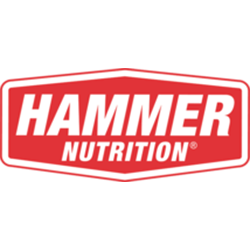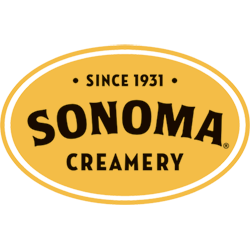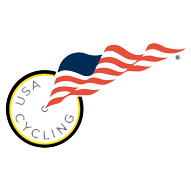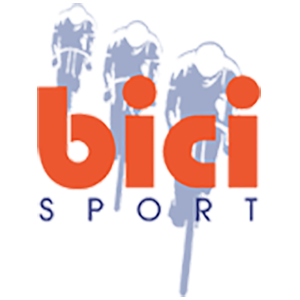The bicycle season of racing and training is basically a year round sport. The annual season (macro-cycle) is comprised of many shorter stages of training (micro-cycles). Throughout the season you will have two to three weeks that you train hard broken by a week of rest. Then you will have a couple of times per year that you will take bigger breaks and then you will also have an entire season broken by approximately one month of rest.
These rest cycles are especially important to a junior cyclist because your body is still growing. If you go from one sport to the next or never take a break from riding your bike hard, you are not giving your body the time and energy it needs to keep growing to its best physical potential as an adult. During each workout you are actually breaking down your muscles to build them stronger when your recover overnight. Throughout an entire season you build your fitness level to the highest point possible (i.e. peaking for Nationals or Worlds). There will be a number of micro-cycles that lead to that peak including smaller peaks. But overall you then need to take a very big rest (off season) to let your body rest, develop and grow so that you are stronger for the following season and even more importantly stronger when you are older and racing at a higher level. Top level riders start reaching their peak by their mid-twenties. So let your body grow in its teen years so you are as big and strong as you are physically capable of being when it really counts. That being said, you still want to know when is the best time to take the break during the macro-season to be the best you can be for the following season and for your overall development.
The focus of this article is to help you decide when to rest during the cycling racing season and how to fit in other sports like cross-country running, cyclo-cross and mountain biking.
Typically, “off-season” is October. This will change slightly due to the timing of U.S. Junior National Championships, the World Championships, U.S. Talent ID Camps or your local racing calendar. We will make the assumption that your off-season is starting in late September and through October. You can adjust this by 2-4 week with the advice of your Coach.
In California our racing season starts at the beginning of February, our peak for Nationals is in summer (June/July typically), Worlds or Cal Cup in Aug, then riding out the great weather and fitness in September. After you have reached your peak during the summer you want to try and hold your base fitness through September. The best way to do this is to continue to go to races, or scheduled endurance rides until it is officially off-season.
Juniors can take a longer off season than older riders because your racing begins a little later and also since you are young you get back in shape so quickly. During your off-season you should focus on: 1) making a plan for your cross training options (go for a big hike), 2) getting lots of school work done so that when you begin training you have more time, 3) develop your core strength 4) rent a video to learn more about stretching or take a yoga class, 5) get out and have fun riding and cross training!
“Off Season” = October
- Cross Training Options (i.e. hiking, cross-country, etc)
- Organize “life” & “school”
- Core Fitness (push-ups, sit-ups and special exercises)
- Stretching
- Base Aerobic Capacity
How Many times a week should you exercise
- 3 x week: ride a bike
- 2 x week: cross train
- 2-4 x week: Stretch and Core Strength
- 2 x week: Rest = no aerobic exercise
A sample week of exercise for your off-season would be as follows
- Monday: Rest Day with Stretch and Core Strength
- Tuesday: Mountain or Road Bike Ride
- Wednesday: Cross Train (hilly hike)
- Thursday: Mountain or Road Bike Ride
- Friday: Rest Day with Stretch and Core Strength
- Saturday & Sunday: One day do a bike ride and the other day a hilly hike.
What if you want to do a number of other cross training sports or are in other school sports?
If you add the 3 x week bike riding and 2 x week cross training that is a total of 5 days a week with some sort of aerobic activity. If you are in another sport (i.e. cross country) then that will count as all 5 of your aerobic workouts. You can still go for one bike ride on the weekend if you aren’t racing, but otherwise you should be resting. If you are not in a Fall sport and prefer a number of different types of cross training you can mix and match to equal a total of 5 days of aerobic exercise. Find time to add stretching, which does not fatigue you like other activities.
When you are riding or cross training should you still be doing any specific training?
During off-season you want to take your heart rate monitor off your bike and just go have fun. If you want to go easy, then go easy. Or if you want to do a really cool hill climb or mountain bike ride then go for it. It’s mostly about having fun and not making it a structured workout. One reason to add in hiking or walking as a cross training option is because this type of activity contributes to beneficial bone development, which is important later in life.
November is when most road cyclists over 15 years old will begin base training for the following season. Enjoy the break in scheduled workouts so that you are mentally and physically fresh to start up again.
With good planning and discipline, you will enjoy becoming stronger and stronger each year. Think of your off-season program as part of your investment in your future potential. Many athletes have their best seasons after what they describe as a very productive off-season. In many ways, the off-season program is as important as your on-season structured training.














